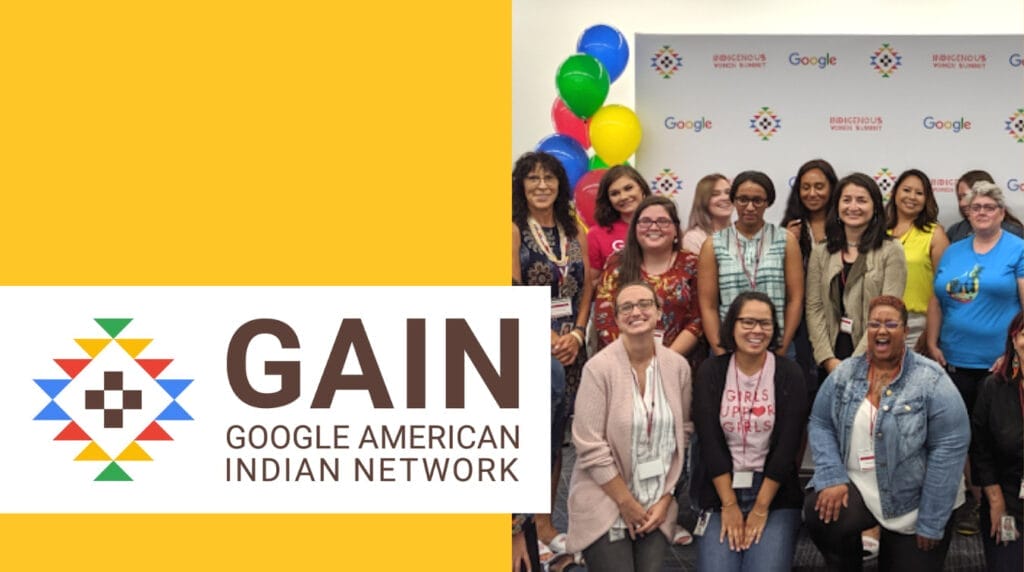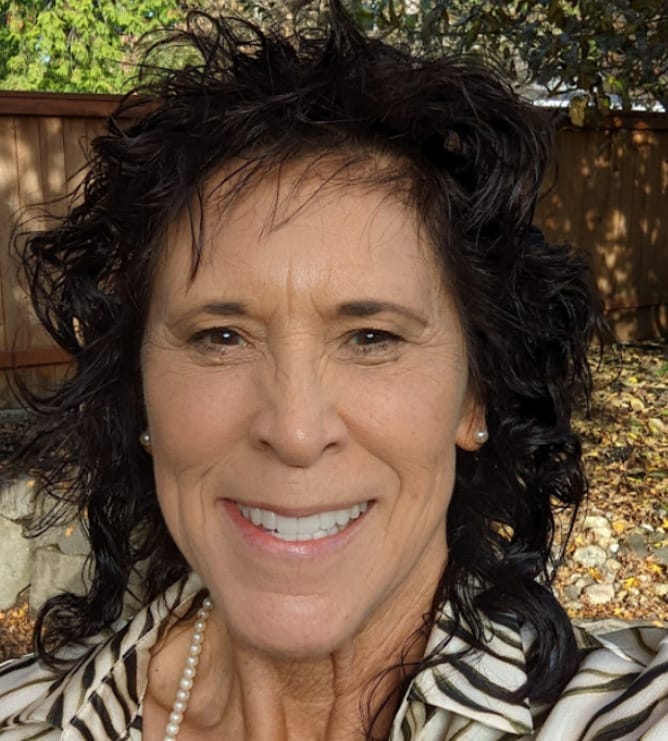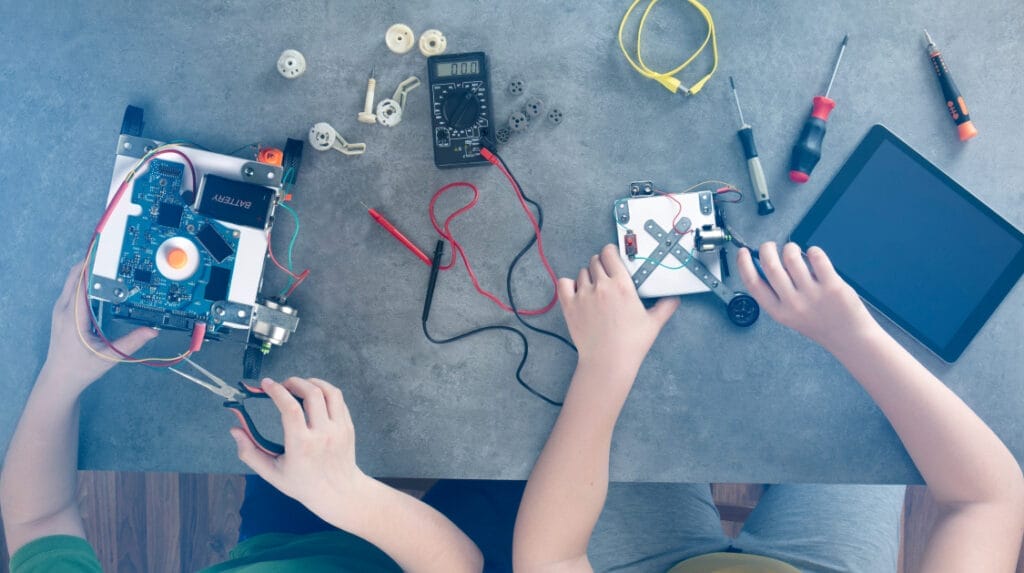
As we celebrate National Native American Heritage Month, we honor the diverse cultures and important contributions of Indigenous peoples. This month is a chance to understand how having people from diverse backgrounds in the technology and business world can inspire others.
Representation matters, and when you see someone like you leading in these areas, it helps you believe that you can do it too. This not only makes our tech and business spaces more diverse and interesting, but it also helps bring new ideas and solutions to the table.
Working together to make sure Indigenous communities can access professional opportunities in tech is essential. It fosters innovation and progress. It also secures a future where everyone has a chance to succeed and make a difference. One inspiring person, Suzanne DePoe, shows us how she is doing just that.
The importance of sharing your story
My name is Suzanne DePoe, a Citizen of the Confederated Tribes of Siletz, Oregon. My tribes are Tututni (Siletz), Turtle Mountain Ojibwe and Southern Cheyenne. I also have a mixed European bloodlines and I grew up in communities surrounding Seattle.
I’ve been in technology since Nordstrom gave me an opportunity to log all computers purchased for new stores opening up across the country back in the ‘80s. Today I work for Google LLC as a Test Engineer and a Leader of the Employee Resource Group, Google Aboriginal and Indigenous Network (GAIN). I am happy to also share about the work I am doing with Google’s support of Indigenous Youth in STEM Education.

Image of Suzanne DePoe
Technology has been an amazing journey for me. Being a female test engineer working in a male dominated career, we didn’t even talk about diversity back then. Today, that’s changed. Opportunities abound for diverse backgrounds as Google strives to bring balance for all peoples. I’ve had the chance to work with today’s Indigenous and Hispanic students. They are all so bright, aware and knowledgeable of technology far more than my generation ever was.
My daughter is an English Teacher at one of the high schools in Washington State, and when I came to Google in 2010 she encouraged me to start talking to students by discussing my Google work and the future of computing.
Making technology accessible
I’m sure you’ve heard of the digital divide in our country. It’s so apparent when you travel to the rural areas where access to the internet is not guaranteed. As the world continues to grow in this digital age, we’ve learned it takes more than traditional teaching to succeed. Students today will need to master digital skills to be more competitive for job opportunities. Generation Z and Generation Alpha students will be led by Artificial Intelligence and Quantum Computing. This new age of technology will deliver far more opportunities for today’s students.
I’ve been inviting students to Google for more than 10 years, sharing about technology and showing them around the open office environment and free services, which inspire them. Students from rural and Tribal communities have never experienced companies such as Google. It’s great to be able to deliver a presentation about Google and the endless opportunities in technology today.
Innovation through experiential learning
Because Google sees the importance of my work, it has given me an opportunity to work with external partners, Tribal Leaders and Indigenous students to deliver a Robotics and Drone learning experience. When Google started out on this path, it was all about learning how to code, including hours of online virtual training. This is very difficult as it takes hours of focus and continual work to master the computer software languages.
Many of us are visual learners, where we understand and remember things by seeing. Not so much auditory learners that retain better through hearing and listening. Our Indigenous culture has always been to pass down our traditions and culture through sharing and learning by being hands-on and experiencing it. The formal term is called kinesthetic learners, retaining information best by doing, hands-on with physical activity, touching and building.
This is how I hope to engage with Indigenous students through Robotics and Drones. Both avenues can inspire the students to challenge themselves to write code that allows the robot or drone to run autonomously (to govern itself and control its affairs).

A future of excellence through skill growth and expanded opportunities
I’m excited about future opportunities within Tribal communities and students attending those schools where they can master digital skills through hands-on experiences. My hope is Robotics and Drones will inspire students to dream big and work towards skills that can be rewarded in so many ways. Drones can provide a job once they master the skills of an operator. Robotics will inspire students to begin to code and interact with coding languages. With education today and the new opportunities opening up with Artificial Intelligence, opportunities are endless.
At this time, we have a Robotics Learning experience with three Indigenous Nations. It’s my hope that in 2023 and 2024, Google can continue to expand these opportunities to a far greater group of students. This type of educational learning experience can bring fun and adventure to any classroom. Join the mission of teaching young students technology. It’s one of the most rewarding parts of my job today with Google. I get to inspire not only students and tribal leaders but also present strategies to Google leadership encouraging them to invest in Indigenous STEM Education.
From entrepreneurship and economic impact to innovative approaches to training, upskilling and education, the Edson Entrepreneurship + Innovation Institute at Arizona State University is recognized around the globe as a leader in higher education and empowering entrepreneurs of all ages. To learn more about Youth Entrepreneurship at Edson E+I Institute visit our website.


